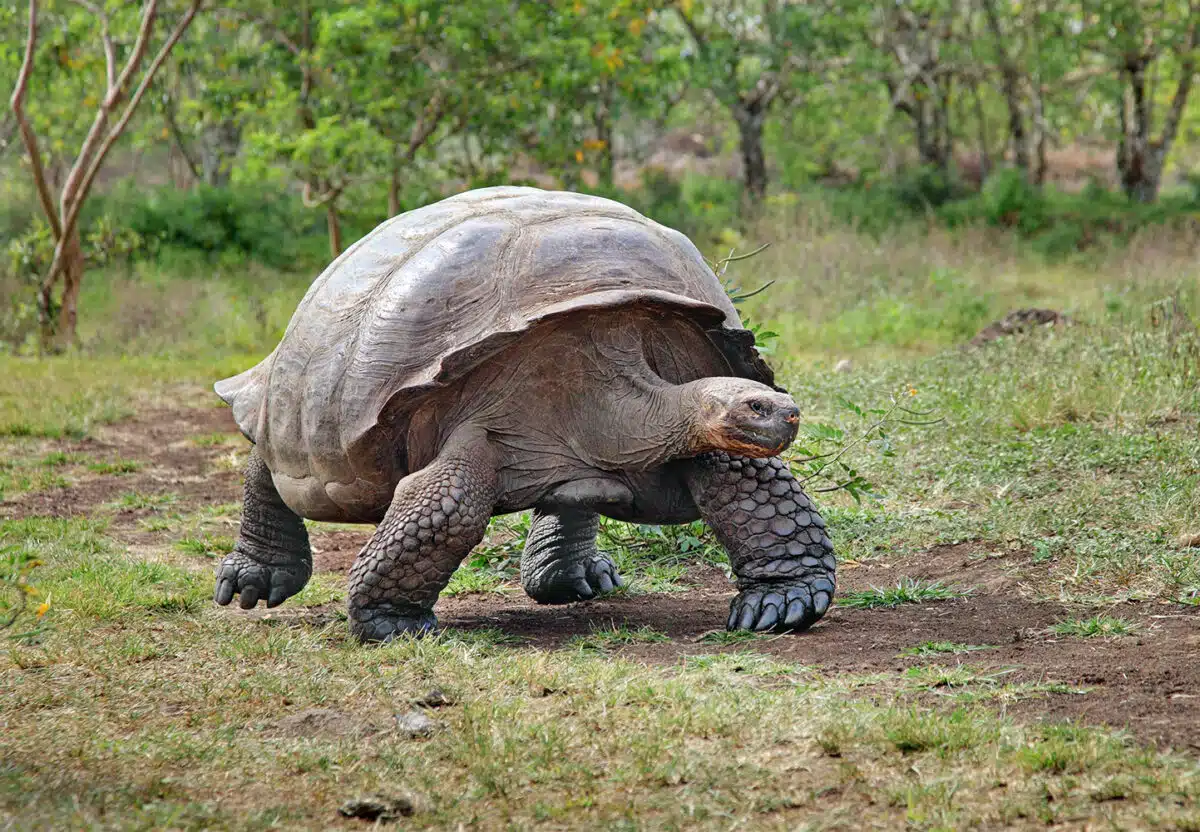Madagascar has become the stage for an extraordinary ecological revival. Six centuries after their disappearance, giant tortoises are once again roaming the landscapes of Madagascar. This reintroduction marks a significant milestone in conservation efforts, aiming to restore the ecological balance lost with their extinction.
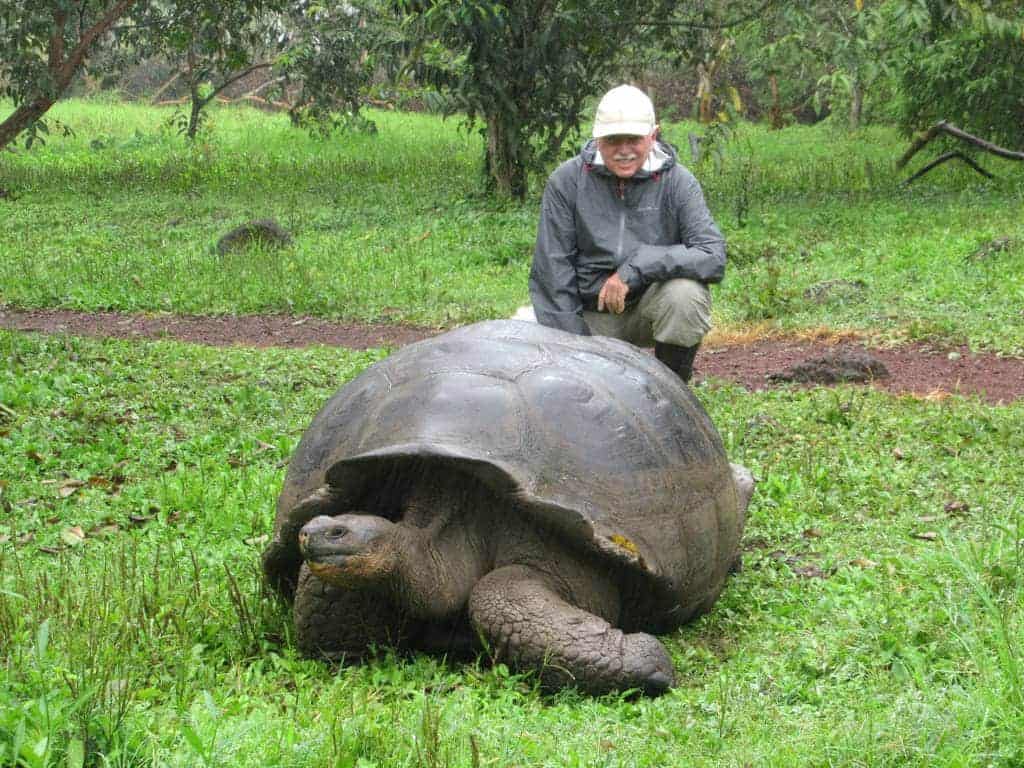
A Historical Perspective
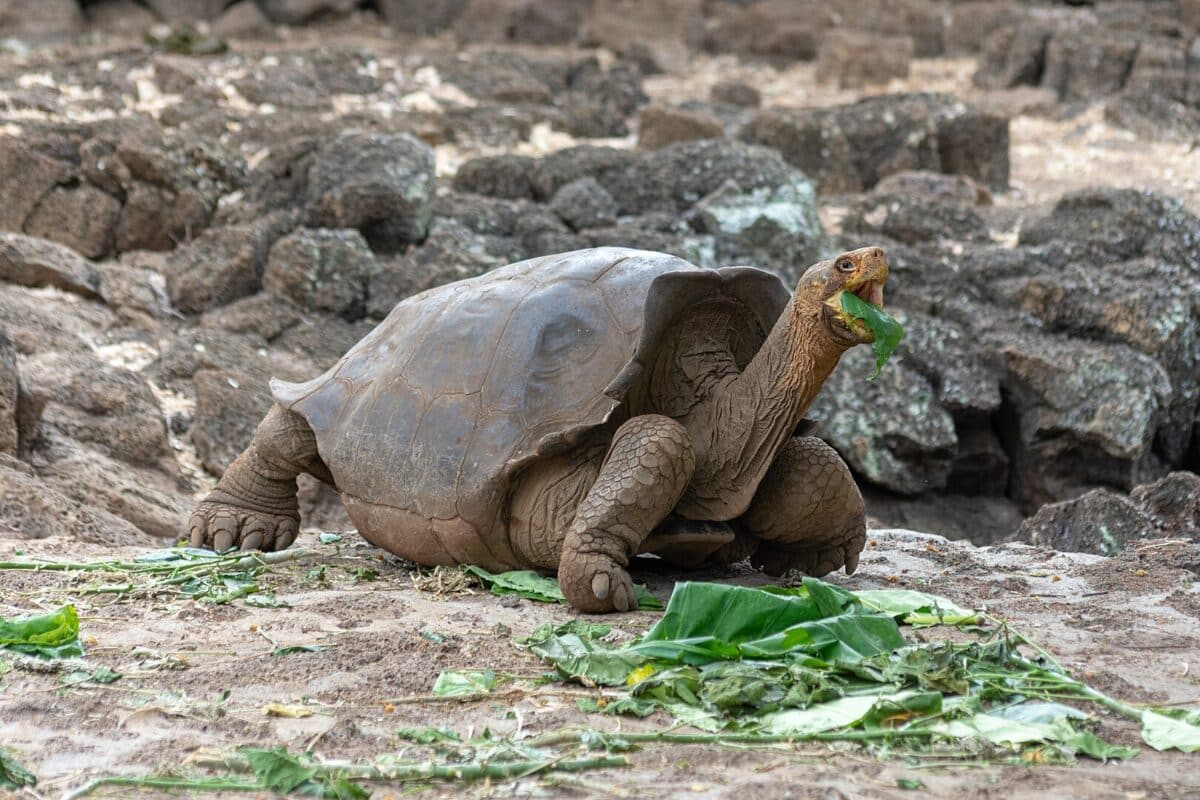
Historically, giant tortoises were an integral part of Madagascar’s ecosystem. However, human activities led to their extinction approximately 600 years ago. The absence of these gentle giants left a void in the ecosystem, affecting the biodiversity and ecological processes of the island.
The Reintroduction Initiative
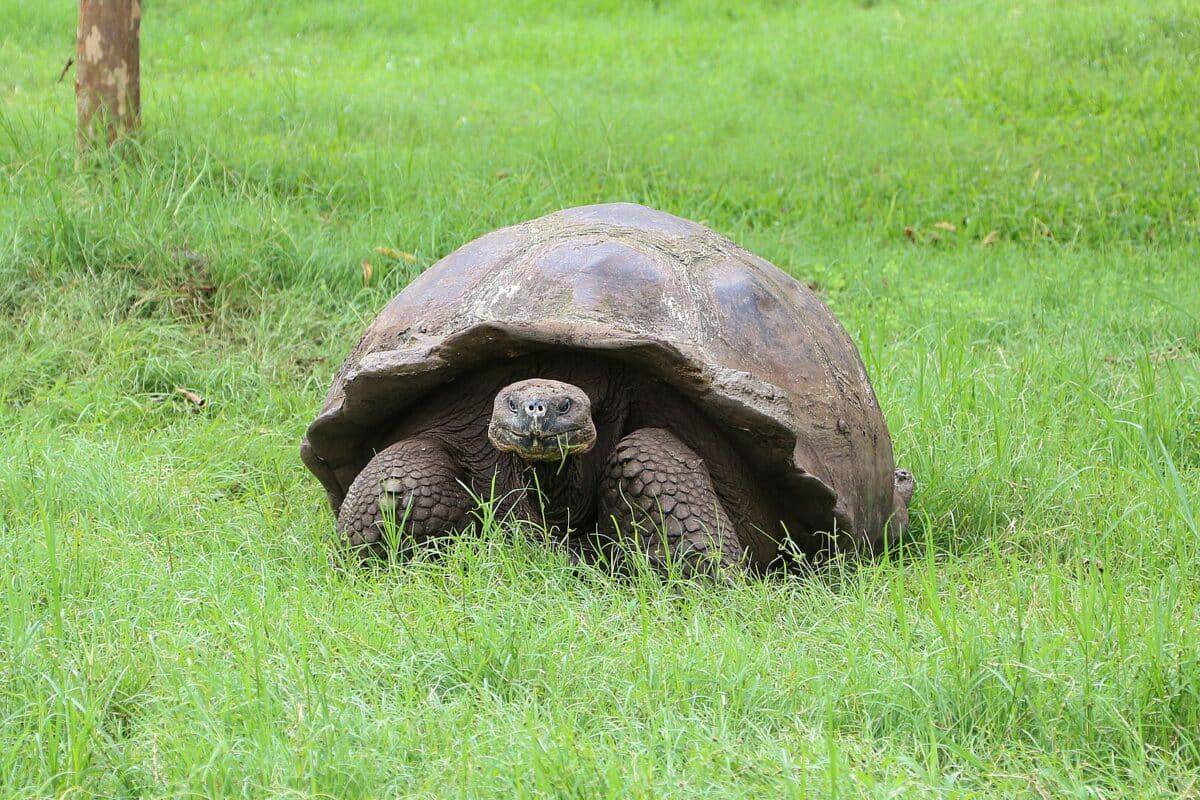
The reintroduction of giant tortoises to Madagascar is not just about bringing back a species from the brink of oblivion; it’s about restoring an entire ecosystem. These tortoises play a crucial role in their habitats, acting as engineers of the environment. By reintroducing them, conservationists hope to kickstart a series of ecological recoveries.
Why Giant Tortoises Are Good for the Environment
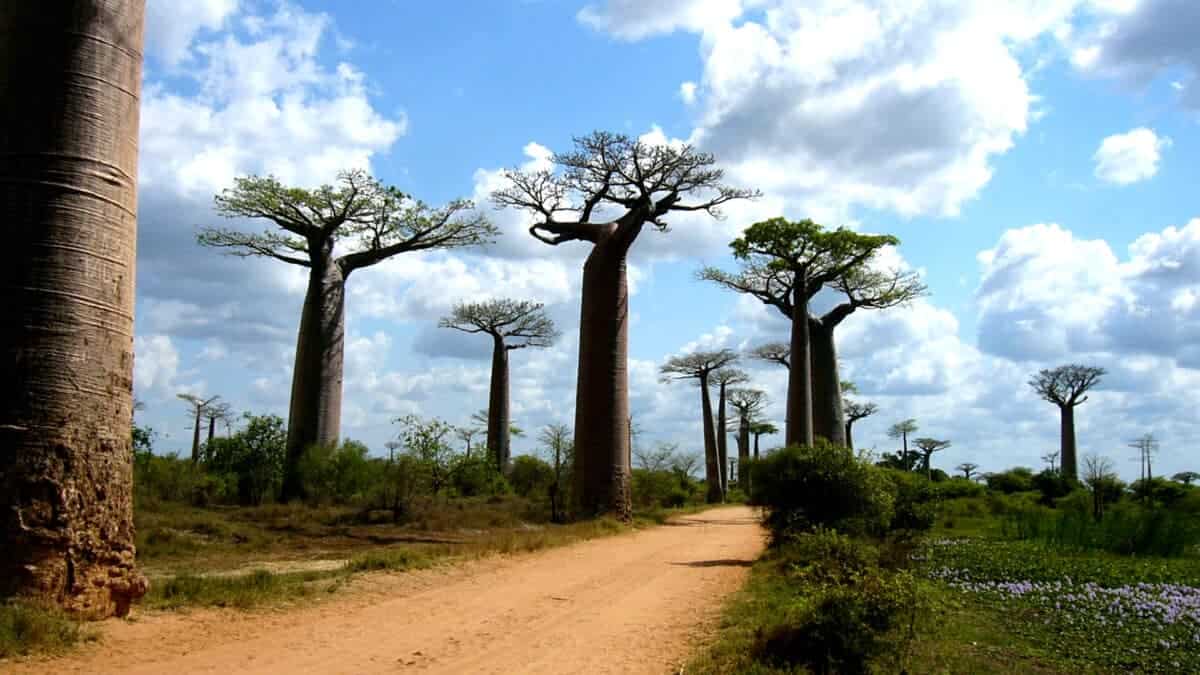
Giant tortoises are more than just a majestic sight; they are pivotal in maintaining healthy ecosystems. Here’s how they contribute:
- Seed Dispersal: They consume a variety of fruits and vegetation, dispersing seeds over vast distances. This aids in the regeneration of plant species, some of which might be on the brink of extinction.
- Habitat Engineering: Their movement and feeding habits help in shaping the landscape. By grazing, they control the growth of vegetation, allowing different types of plants to thrive. This diversity is crucial for a balanced ecosystem.
- Nutrient Cycling: The digestion process of giant tortoises turns vegetation into nutrient-rich waste. This waste acts as a natural fertilizer, enriching the soil and promoting plant growth.
- Supporting Biodiversity: Giant tortoises maintain diverse habitats by supporting a wide range of life forms. Their presence can boost the population of certain species while keeping others in check, ensuring a balanced ecosystem.
The Impact of Their Return
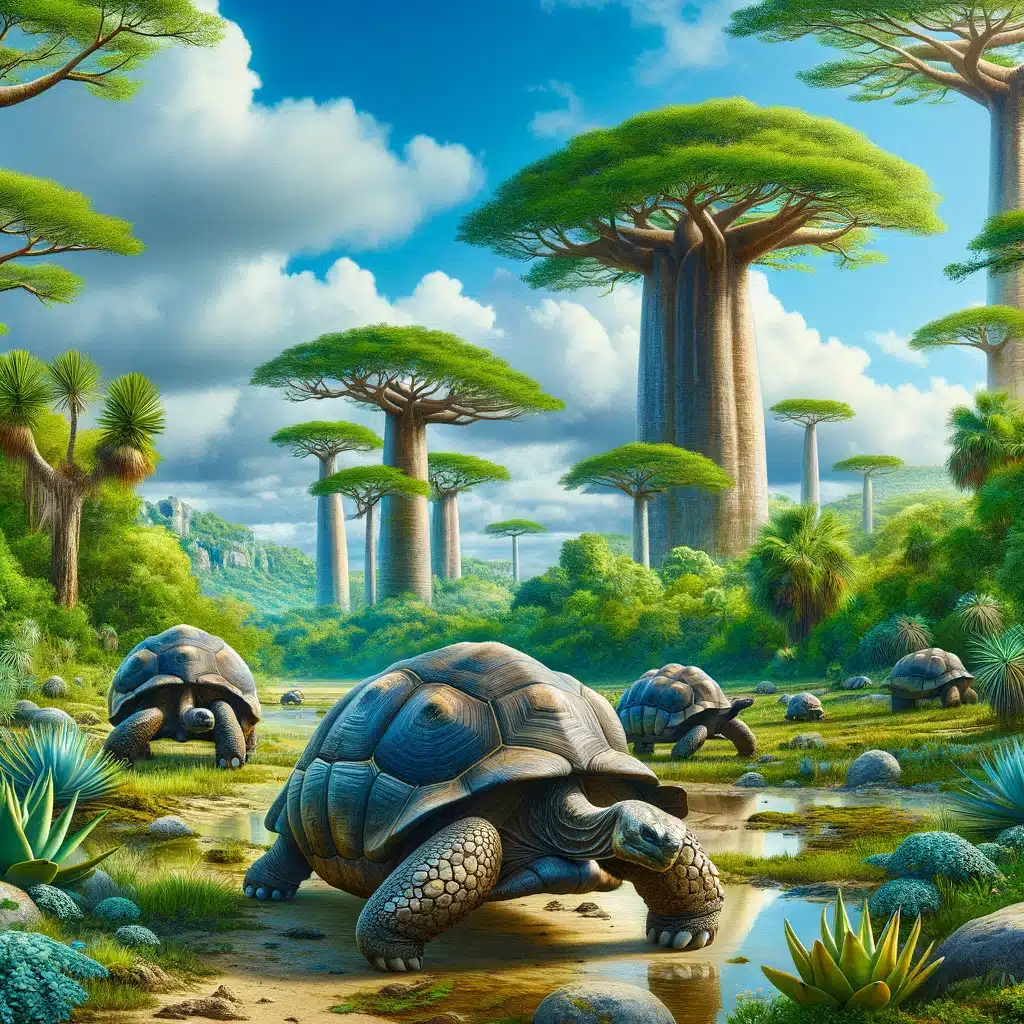
The reintroduction of giant tortoises to Madagascar is expected to have profound ecological benefits. As they resume their role as ecosystem engineers, we anticipate a ripple effect that will enhance biodiversity, improve soil health, and restore ecological balance. This initiative highlights the importance of giant tortoises and showcases the potential of targeted conservation efforts to heal damaged ecosystems.
Looking Forward
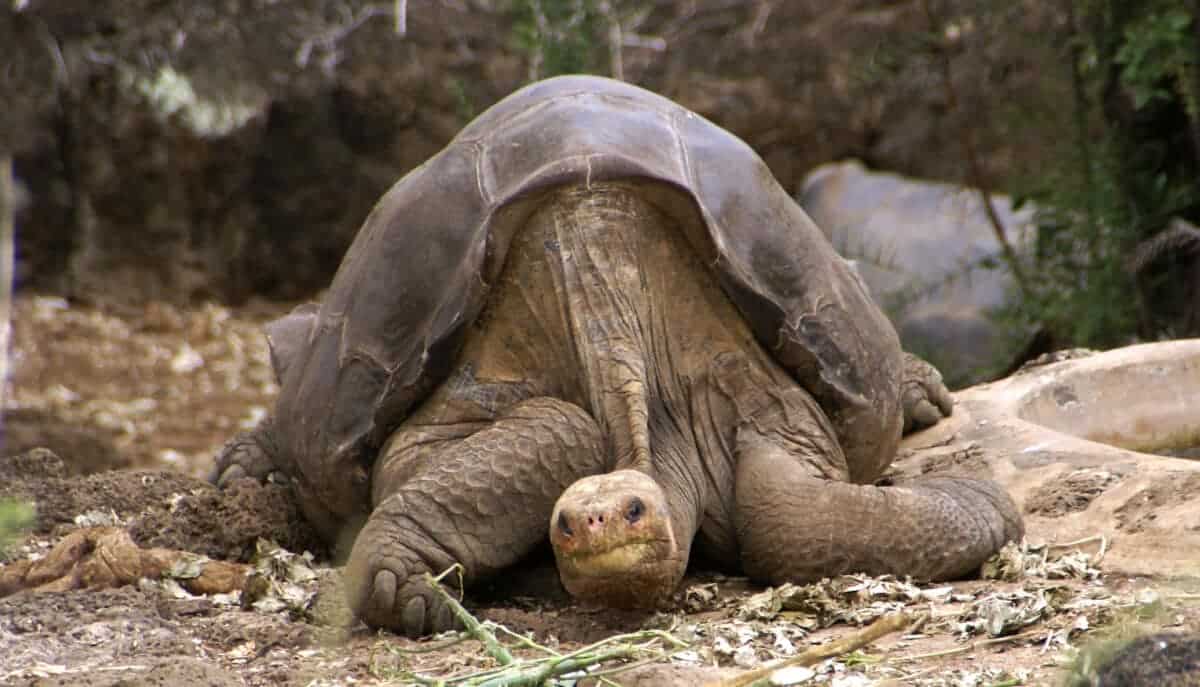
The return of giant tortoises to Madagascar after 600 years is a beacon of hope for conservationists worldwide. It underscores the resilience of nature and the possibility of reversing ecological damage through thoughtful intervention. As these ancient creatures once again become part of Madagascar’s landscape, they carry with them the promise of ecological restoration and a brighter future for the island’s biodiversity.
You might also enjoy:
Sifaka Lemurs: The Street Dancers of Madagascar
Meet The World’s Oldest Land Animal, A 191-Year-Old Tortoise
Cuteness Alert: 140 year-old Tortoise Wearing her 5 day-old as Hat
- World’s Largest Snake Discovered In Amazon Rainforest – Video - April 30, 2024
- Homeless Man Develops Life-Changing Friendship with a Husky - April 27, 2024
- Artificial Breeding of African Wild Dogs and the Sperm Bank Initiative - April 25, 2024

